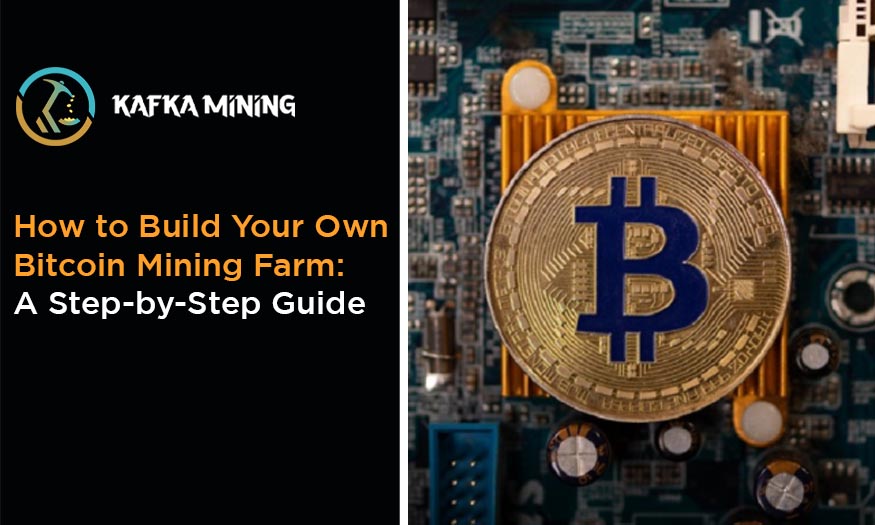
Building your own Bitcoin mining farm can be a rewarding and lucrative endeavor. As the demand for cryptocurrencies continues to grow, so does the need for powerful computing equipment to mine them. While setting up a mining farm may seem daunting, the process can be broken down into a few simple steps. In this article, we will provide a step-by-step guide on how to build your own Bitcoin mining farm.
Step 1: Research and Preparation
Before you start building your mining farm, it is important to do your research. Start by learning about the different types of mining hardware available and their respective specifications, such as hash rate, power consumption, and price. You should also consider the cost of electricity in your area, as this will play a big role in the overall profitability of your mining farm.
Once you have a good understanding of the hardware and costs involved, it is time to start preparing for the build. This will involve sourcing the necessary components and equipment, such as ASIC miners, power supplies, and cooling systems. You will also need to decide on the physical location of your mining farm, taking into account factors such as access to electricity, internet connectivity, and temperature control.
Step 2: Assembly
With all the necessary components and equipment sourced, it's time to start assembling your mining farm. The assembly process will vary depending on the specific hardware you have chosen, but there are some basic steps that apply to all builds.
Start by setting up the ASIC miners. This will typically involve connecting them to power supplies and plugging them into an outlet. You will also need to connect each miner to the internet, either through an Ethernet cable or a Wi-Fi connection.
Next, you will need to set up the cooling system. This is an important step as mining hardware generates a lot of heat, and if not properly cooled, the hardware can become damaged. There are several cooling options available, including air cooling and liquid cooling, each with their own pros and cons.
Step 3: Configuration
With the hardware assembled and connected, it's time to configure the software. You will need to install a mining software that is compatible with your ASIC miners and set up a wallet to receive your mined Bitcoin.
Once the software is installed, you will need to create a mining pool. Mining pools allow miners to pool their resources and work together to mine blocks, increasing the overall chances of successfully solving a block and earning a reward.
Step 4: Monitoring and Maintenance
With your mining farm up and running, it's important to monitor its performance and make any necessary adjustments. This may involve tweaking the software settings to optimize performance, monitoring the cooling system to ensure it is working effectively, and replacing any hardware that may have failed.
It's also important to keep up with maintenance, such as cleaning the hardware and checking for any potential issues. Regular maintenance will help to ensure that your mining farm continues to run smoothly and remain profitable.
In conclusion, building your own Bitcoin mining farm can be a challenging but rewarding endeavor. By following these simple steps, you can set up a mining farm that will provide a steady stream of income for years to come. Just remember to do your research, source quality components, and maintain your hardware regularly. Good luck!
Leave a Comment